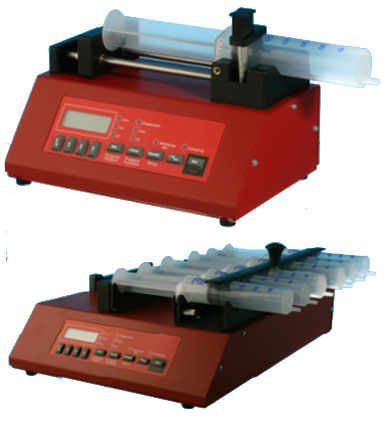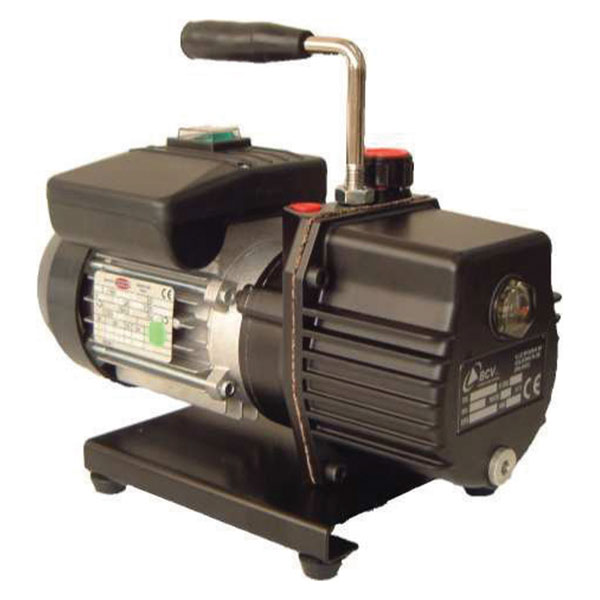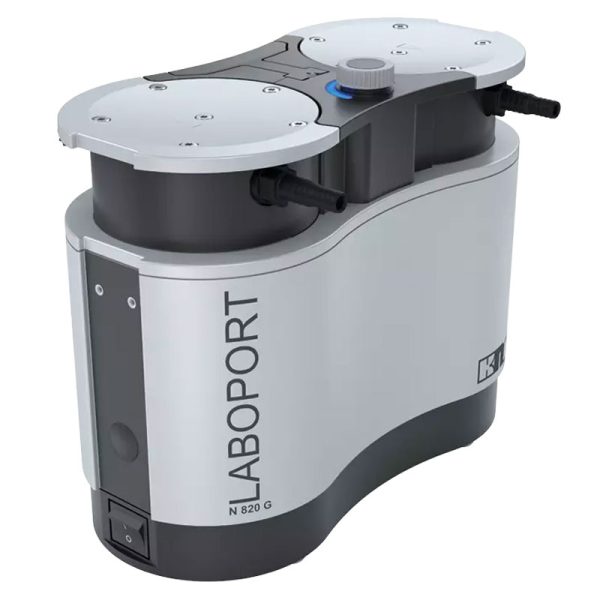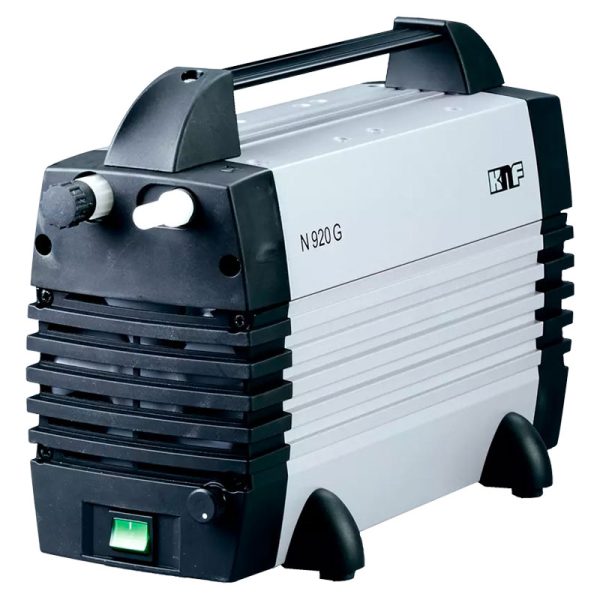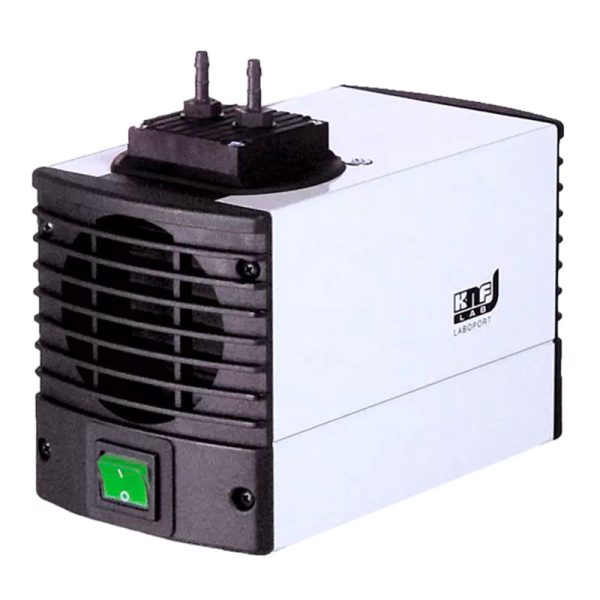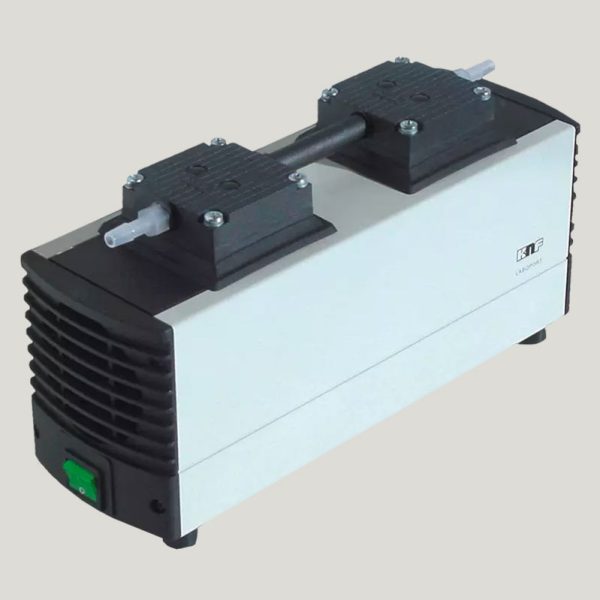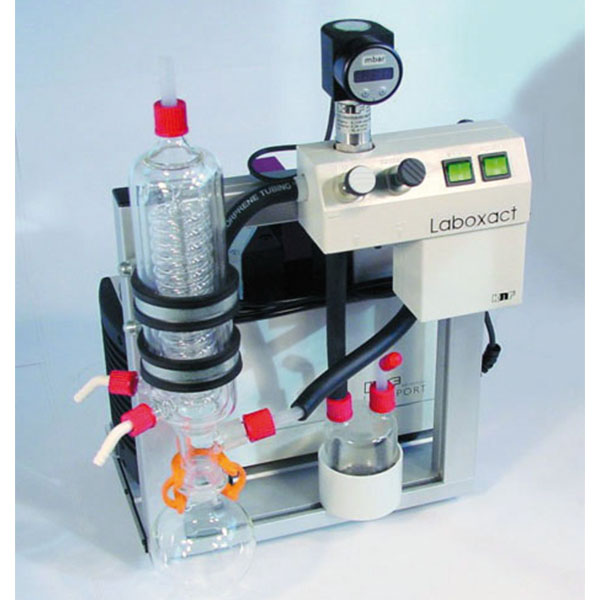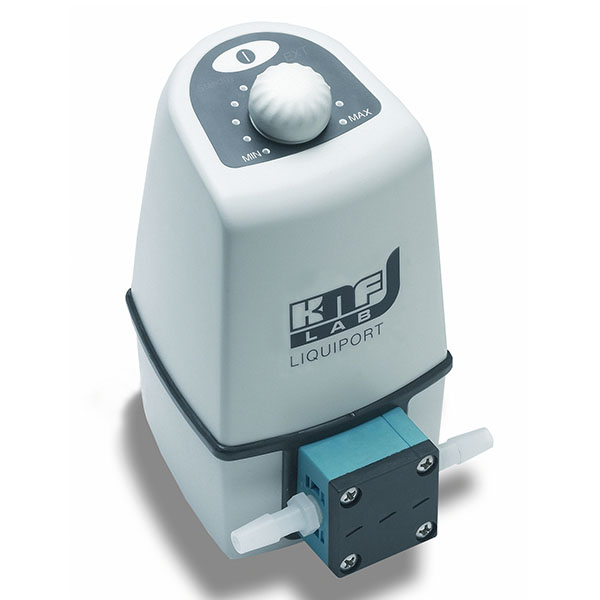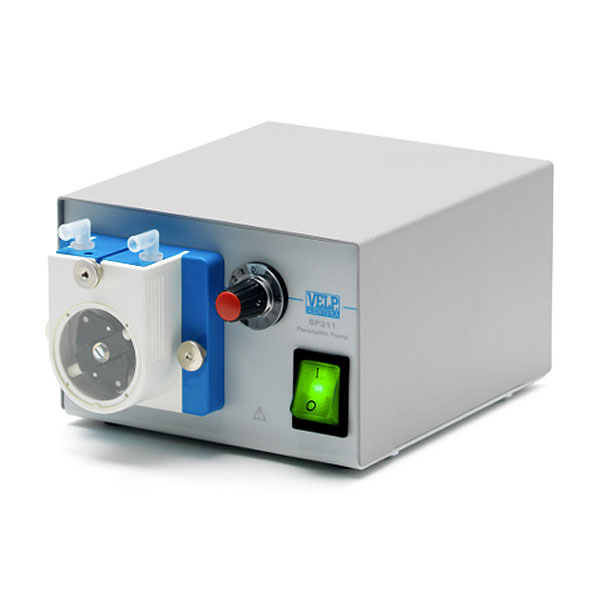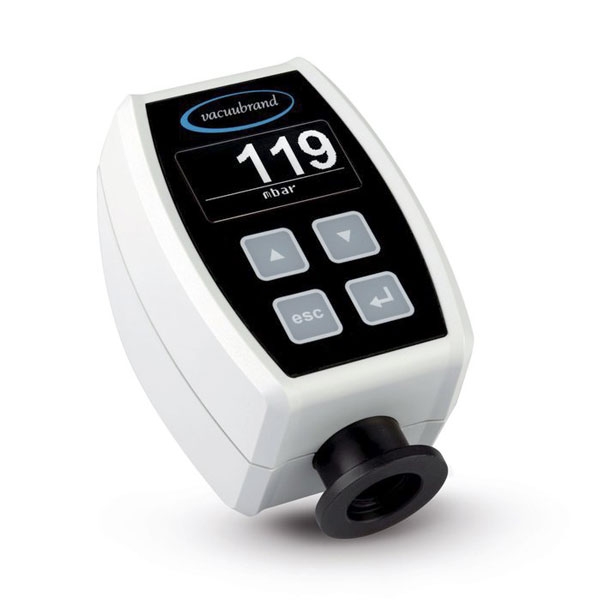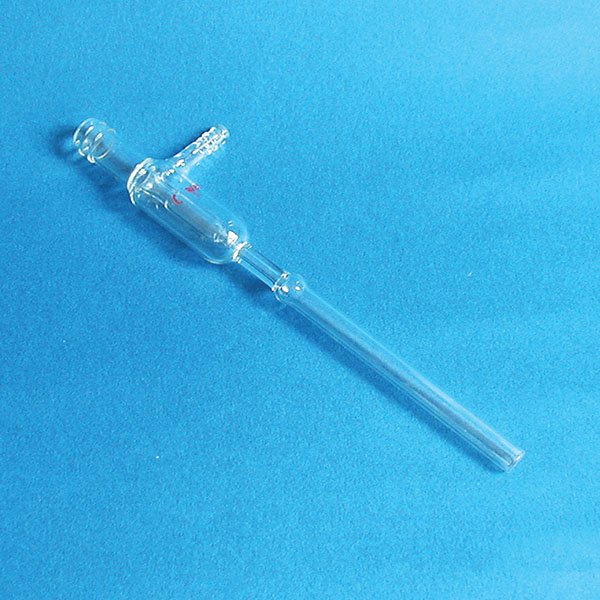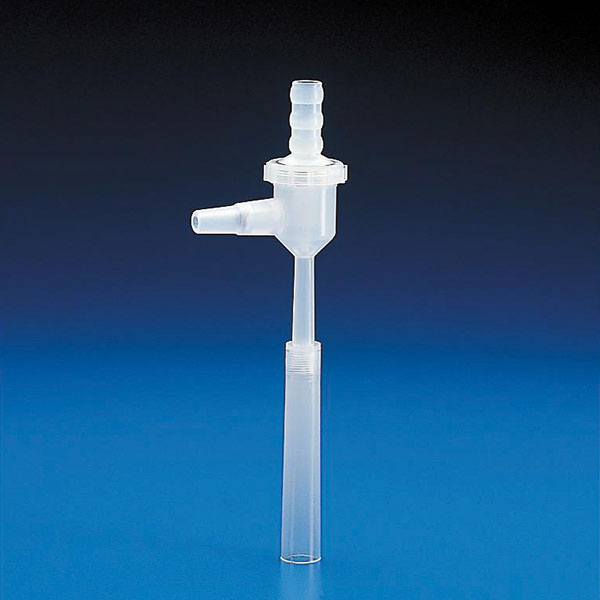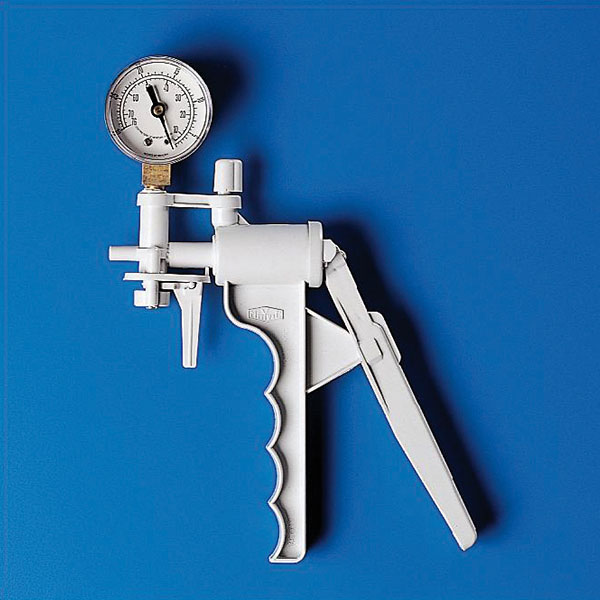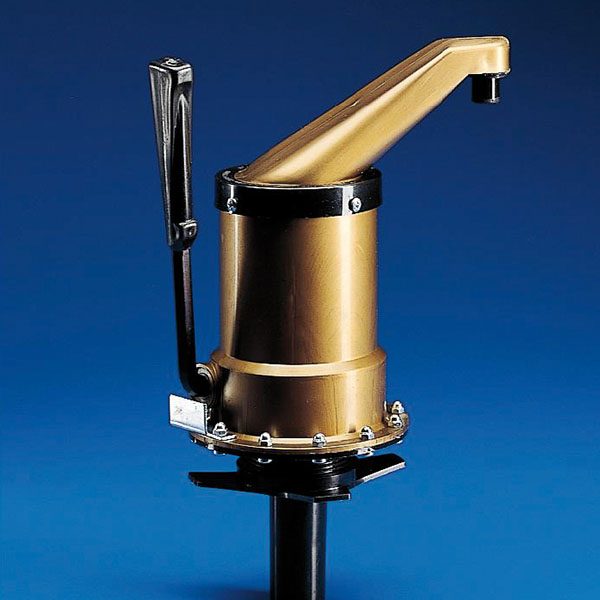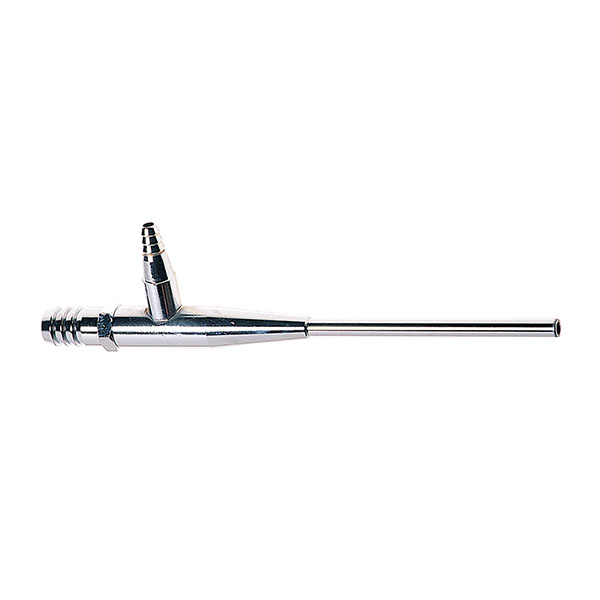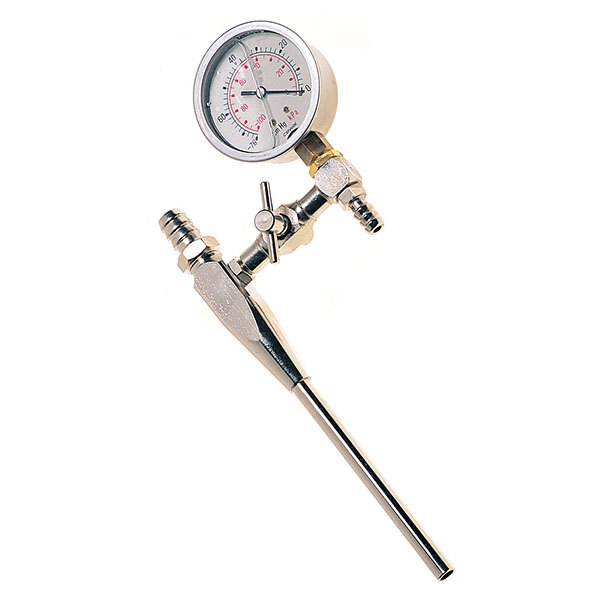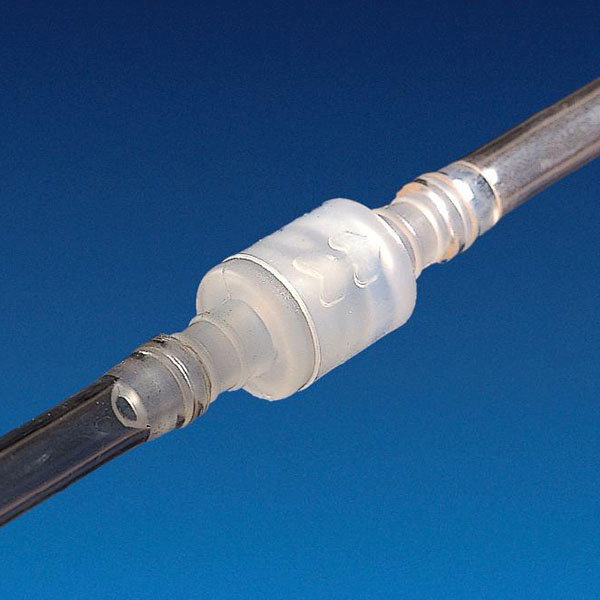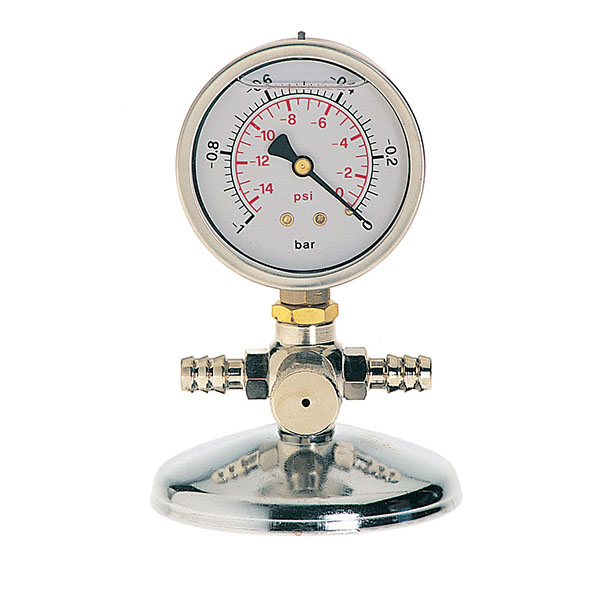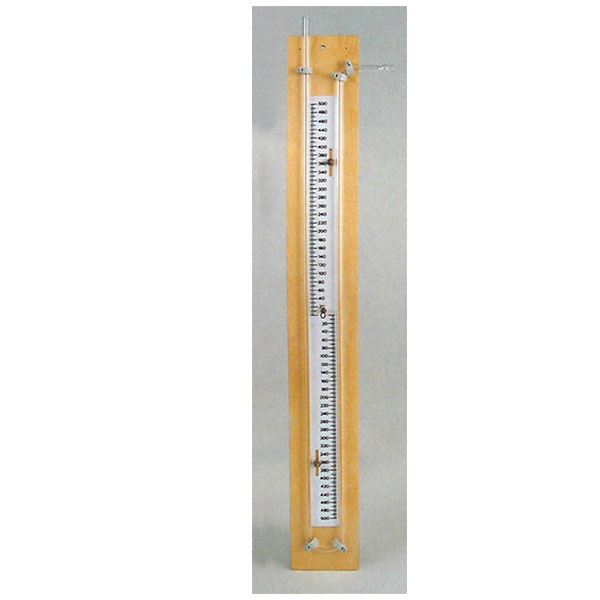The use of vacuum pumps and peristaltic pumps is present in laboratories for several reasons.
There are reactions that only take place under special conditions. In order to recreate these conditions, certain equipment must be used.
Vacuum pumps
Vacuum pumps are mechanical instruments used to create and maintain a vacuum. A vacuum is a lower pressure condition than that of atmospheric pressure.
To create this lower pressure condition, the pump sucks gas from the chamber to which it is connected.
Therefore, the vacuum pump is like a compressor that transfers a gas from one pressure to another.
The difference is that the compressor produces a constant suction while the vacuum pump works with variable (decreasing) suction pressure and constant delivery pressure.
Vacuum pumps
The vacuum pump is a mechanical device used to create and maintain a vacuum.
Vacuum in laboratories
Naturally, there is no such thing as a perfect vacuum in physics. Not even in space!
In the laboratory, vacuum is regarded as a thermodynamic limit which we approach as pressure decreases. In general, a vacuum is defined as a pressure less than the atmosphere.
Peristaltic pumps
Peristaltic pumps are used where there is a need to prevent the treated fluid from coming into contact with the pump components.
In the food or pharmaceutical industry this prevents contamination of the fluids.
Or when the liquid to be pumped is dangerous, corrosive or harmful in general.
The characteristic feature of peristaltic pumps is the ability to define the flow rate precisely and keep it constant.
This is why they are used in chemical laboratories and in biology.
The vacuum pump is also used in the chemical industry.
How it works
The peristaltic pumps operate on the principle of peristalsis.
They consist of a head made up of a rotor to which rollers are attached, which rotate to 'throttle' the tube, causing the fluid to move forward.
The tube, since it must withstand this throttling, must have suitable plastic characteristics. The hose must return to its original size to cause air intake and fluid movement.
Given the also dangerous nature of the fluids for which it is used, the hose must be made of a suitable material. Silicone, PVC and all materials compatible with solvents and acids can be used.
The hoses must also be resistant to high pressures. For this they can be reinforced with textile inserts.



